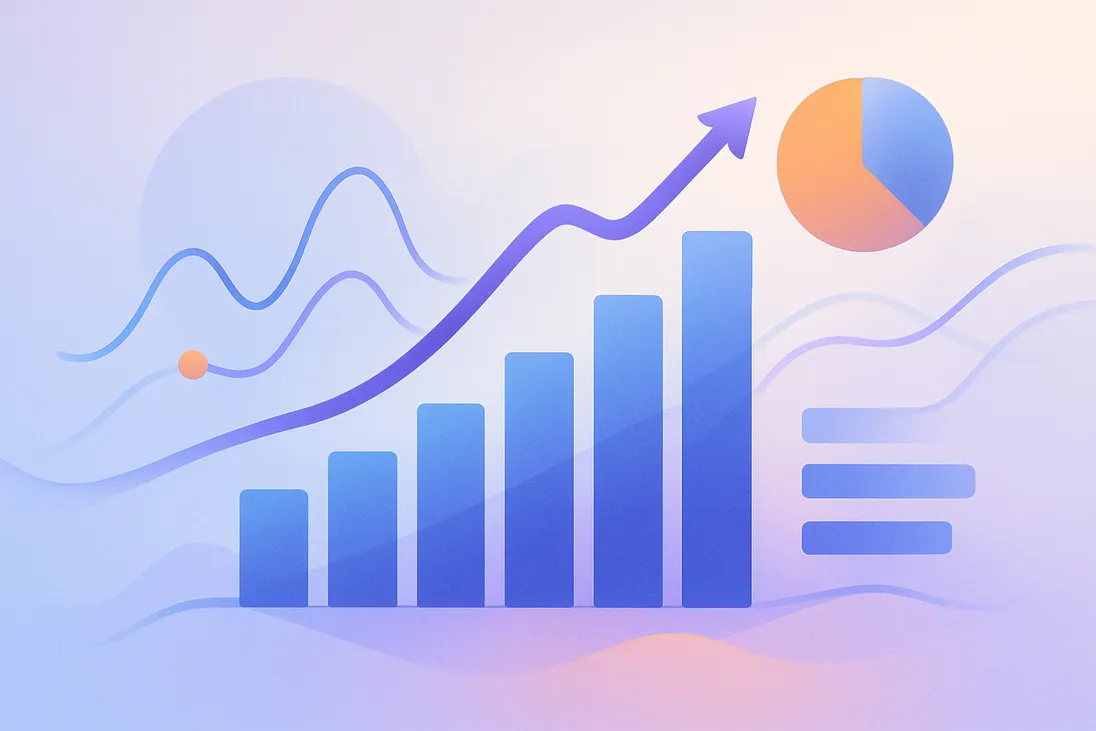How many days should a SaaS trial be?

Ask ten SaaS founders how long a trial should be, and you'll probably get ten different answers. Some swear by the classic 14-day window, others stretch it to a month, and a few keep it wide open with 90-day pilots or even freemium forever.
The truth? There isn't a magic number. But there are patterns, and once you understand them, you can make a better decision for your own product. Let's walk through it.
Why it matters
Trial length is not just a checkbox in your Stripe settings. It affects who signs up, how quickly they engage, and whether they ever pull out their credit card.
A trial that's too short and people bounce before they've really seen what you can do. Too long and people drift off, forget about you, and show up weeks later with zero intent to pay. Somewhere in the middle, there's a sweet spot where urgency meets value.
Think of it as dating: too fast and you scare people off, too slow and the spark fades.
The quick and dirty answer
If you want the short version:
- For simple, self-serve products where people can get value in an hour or two, 14 days is usually enough.
- For products that need setup, integrations, or team buy-in, 30 days feels fair.
That's it. Those two buckets cover most SaaS out there. But of course, your product isn't "most SaaS," so let's keep digging.
How long does it take to really get value?
The key question to ask is: how many days does it take, on average, for a new customer to reach their "aha moment"?
If you're running a project management tool, that moment might come the same afternoon when they invite a teammate and move a few cards. If you're building an analytics platform, it might take a couple of weeks to get data flowing, dashboards set up, and real insights popping up.
Your trial should give people just enough time to hit that moment, but not so much time that they forget to make a decision.
What the numbers say
When we look across SaaS products in GrowPanel data, a lot of customers actually decide surprisingly quickly. The conversion curve tends to spike in the first week, then flattens out. By day 14, you usually know who's serious.
Extending trials to 30 days can add a bit more conversion - especially if you sell to teams or mid-market companies - but it rarely doubles your results. And if you go longer, like 60 or 90 days, you risk getting leads who never intended to pay in the first place.
Different models, different answers
Let's ground this with a few examples:
- SMB tools. A scheduling app or simple CRM? People know pretty quickly if it's for them. Seven days can work, but 14 is safer.
- Data-heavy products. Anything that needs imports, integrations, or pipelines (think analytics or finance tools) usually needs 30 days so people can actually see data flowing.
- Collaboration tools. Slack, Notion, Figma - they all depend on teams, not individuals. That means you need more time to invite colleagues, play around, and decide. Again, 30 days fits well.
- Enterprise pilots. Here the trial isn't really a trial - it's a project. You'll be in 60-day or 90-day territory, but with a clear plan, milestones, and a sales rep guiding the way.
- Freemium. A whole other beast. Instead of a ticking clock, you let users hang out for free until they want more features or fewer limits. Great for viral or product-led growth, but tricky for monetization discipline.
What to measure
Don't just pick a number and hope for the best. Watch the data.
- How long does it take for a trial user to activate?
- On which day do most conversions actually happen?
- Does giving people more time actually lead to more revenue, or just more waiting?
A simple cumulative conversion chart will tell you most of what you need to know. If 90% of your paying users convert within 14 days, then giving 30 days is mostly charity.
Smarter ways than just extending
Sometimes founders think "our conversion is low, let's make the trial longer." But often the real problem isn't time, it's onboarding.
If people aren't seeing value in the first week, more days won't fix it. Better product tours, sample data, or a guided setup call often do more for conversion than adding two extra weeks.
You can also play with flexibility: keep the default trial at 14 days, but let people request an extension if they need it. That way the motivated users get extra time, without your funnel filling up with zombies.
So, how many days?
Here's the takeaway:
- Start with 14 days if you're self-serve and simple.
- Go with 30 days if you need integrations, data, or teams.
- Anything longer should be deliberate - usually sales-led or enterprise.
But don't stop there. Test, measure, and adjust. And remember, trial length is just one lever. Onboarding, time to value, and nudges during the trial often matter more.
If you really want to nail this, build the chart: x-axis is days since signup, y-axis is percent converted. That line will show you exactly when most people make their decision. Then you can stop guessing.
Final thought
The best trial is not the longest or the shortest. It's the one that helps your best-fit customers see value quickly and nudges them to commit while the excitement is fresh.
So don't stress about copying what others do. Watch your own data, test different windows, and keep the focus on helping users succeed fast. The trial length will almost pick itself once you do.

Lasse Schou
Lasse is the founder of GrowPanel and an entrepreneur with 25 years of experience building SaaS businesses. After a successful exit from his previous SaaS company, he now invests as an angel in promising SaaS startups.

